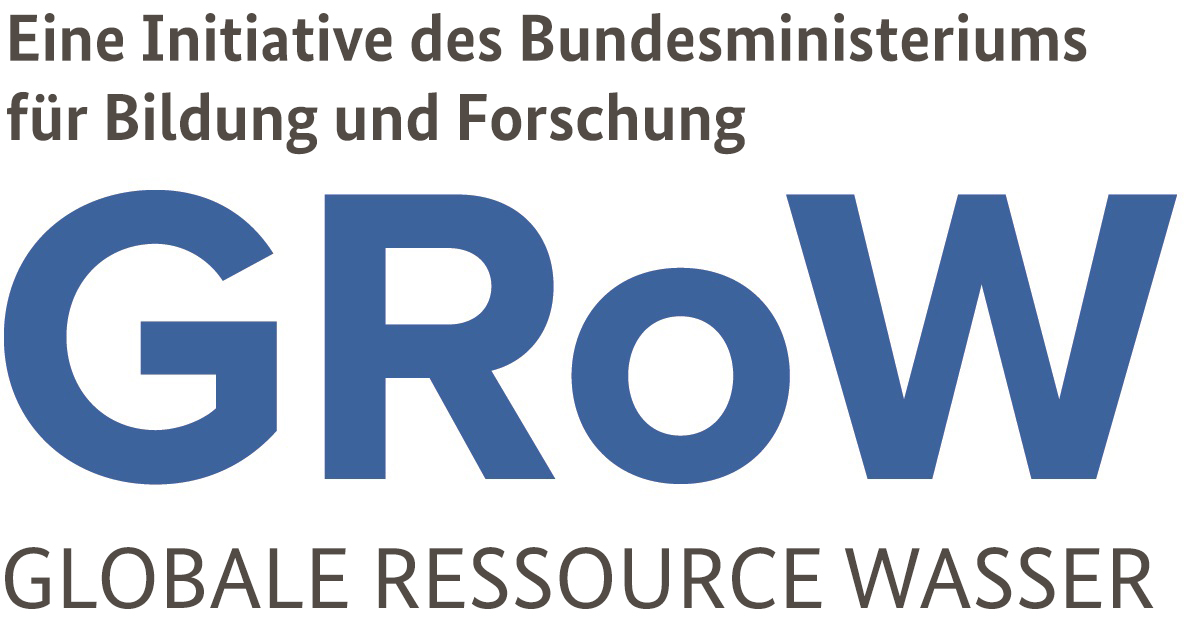Regional Policy Papers on interlinkages of SDG 6 with other SDGs published: Water as a key cross-cutting issue to achieve the Agenda 2030 Sustainable Development Goals
| Date |
Date
|
The UNESCO World Water Assessment Programme (WWAP) supports the consideration of water as a key cross-cutting issue to achieve the Agenda 2030 Sustainable Development Goals. To this aim, the WWAP recently published regional policy papers evaluating the links between SDG 6 “Ensure access to water and sanitation for all” with other SDGs.
The policy papers focus particularly on interlinkages with SDG 4 (Quality Education), SDG 8 (Decent Work and Economic Growth), SDG 10 (Reduced Inequalities), SDG 13 (Climate Action), SDG 16 (Peace, Justice and Strong Institutions) and SDG 17 (Partnerships). They show the current and future water-related challenges in three regions and formulate recommendations for action to inform intergovernmental discussions.
Water is crucial for advancing human rights, reducing poverty and inequality, and enabling peace, justice and sustainability. Linking SDG 6 is a unique opportunity to accelerate progress towards other SDGs. With regards to SDG 4, the study highlights how clean water and safe sanitation are critical for children’s health and well-being, and therefore their ability to attain quality education. For example, Egypt increased rural female enrollment by improving water, sanitation and hygiene (WASH) facilities in schools. The study recommends that “no school should be built or operated without basic water and sanitation services, including regular maintenance funding as part of its recurrent budget”.
The policy papers were presented during water-related side events at the UN High-Level Political Forum on Sustainable Development (HLPF) in July 2019. They have been developed with the support of the German Federal Ministry for the Environment, Nature Conservation and Nuclear Safety (BMU), in cooperation with UNESCO Regional Offices, UN Economic Commissions and UN-Water. The findings and policy recommendations of the three regional policy papers are summarized in a policy brief and in two-page highlights for each of the three regions.
More information can be found here.
